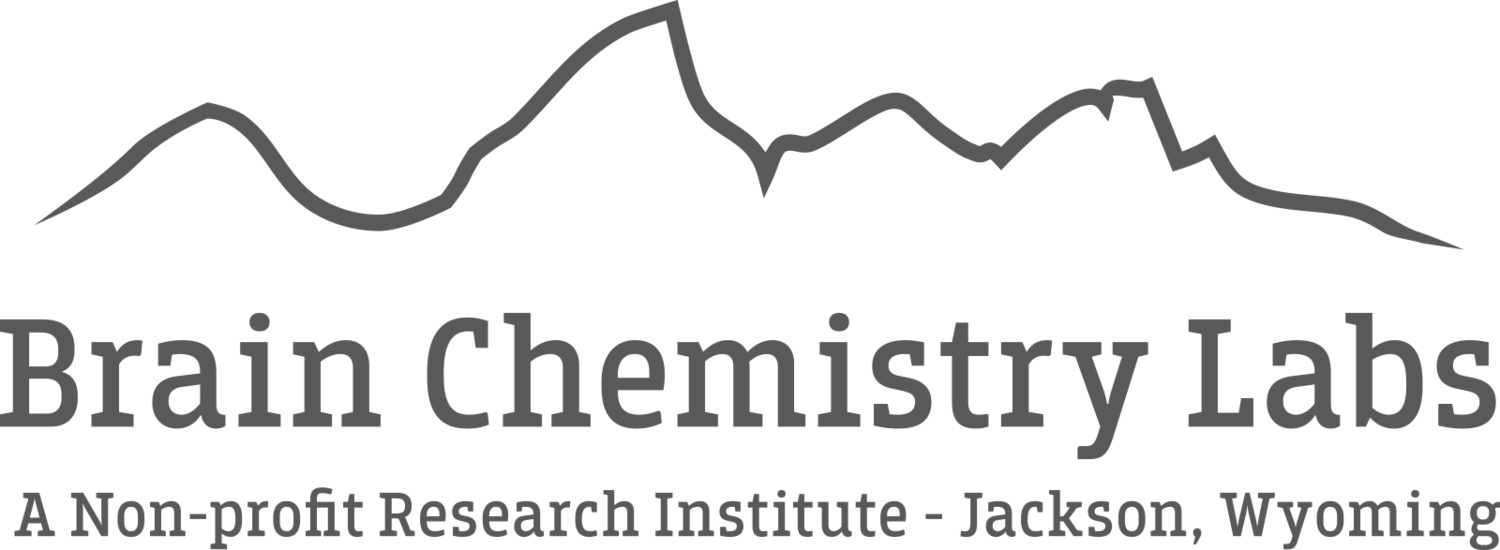Research on violets in Jackson Hole may lead to a powerful new treatment for glioblastoma.
Glioblastoma is an extremely dangerous form of brain cancer affecting both children and adults, with most patients perishing within nine to twelve months from diagnosis.
Surgery to remove the tumors is particularly difficult in children.
The FDA-approved chemotherapy TMZ is effective in only 50 per cent of cases, with rapid development of resistance to TMZ among the cancer cells.
Violet researcher Dr. Samantha Gerlach at Brain Chemistry Labs. Photo courtesy of Dr. Paul Alan Cox, Brain Chemistry Labs.
The Brain Chemistry Labs in Jackson has taken an innovative approach to glioblastoma treatment based on cyclotides—small circular peptides—extracted from violets.
Scientists there have demonstrated that in the test tube cyclotides can increase the power of TMZ to kill glioblastoma cells eight-fold.
Cyclotides, however, are found only in minuscule concentrations in violets. Brain Chemistry Labs researchers have found a way to produce in sufficient quantity synthetic versions of cyclotides from violets for further testing in mice.
A generous grant from the Dr. Denis R Lyman & Diane Kay Robards Lyman Foundation in Wyoming will enable cutting-edge research by the Brain Chemistry Labs in Jackson to develop and test a novel new glioblastoma treatment option.
Caption: Wyoming violets. Photo courtesy of Dr. Paul Alan Cox, Brain Chemistry Labs
This gift will enable Brain Chemistry Labs research fellow and New Orleans Dillard University Professor Dr. Samantha Gerlach to continue her studies on how to produce sufficient synthetic violet molecules to conduct human clinical trials.
Together with collaborator Dr. Christian Gruber of the Medical University of Vienna, the safety and effectiveness of the synthetic violet molecules will be determined as a step toward moving to human clinical trials.
The intended outcome is for mass-produced synthetic violet cyclotides to serve as a powerful tool to combine with current TMZ therapy to turbocharge glioblastoma treatment without creating resistance from the glioblastoma cells.




